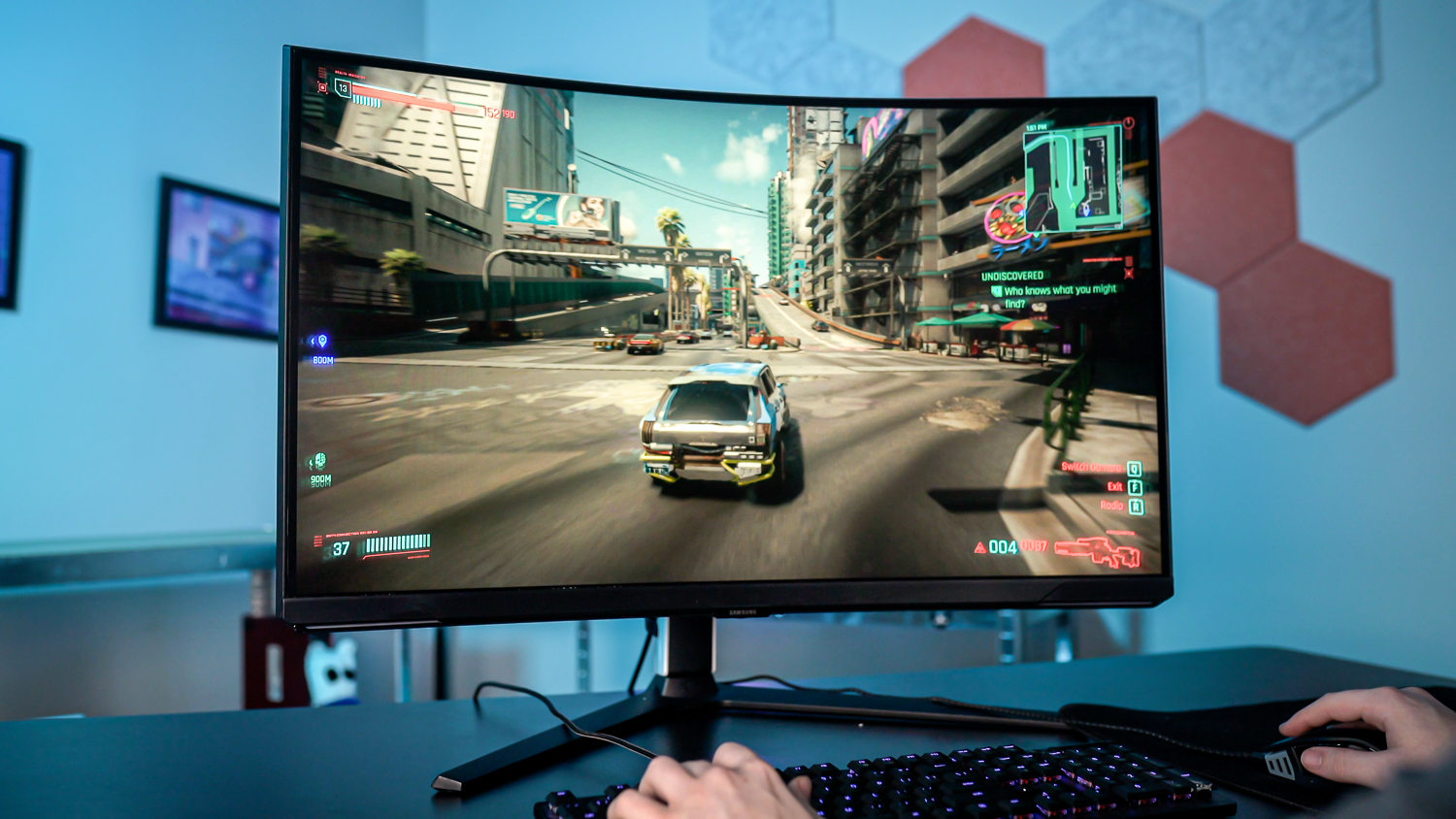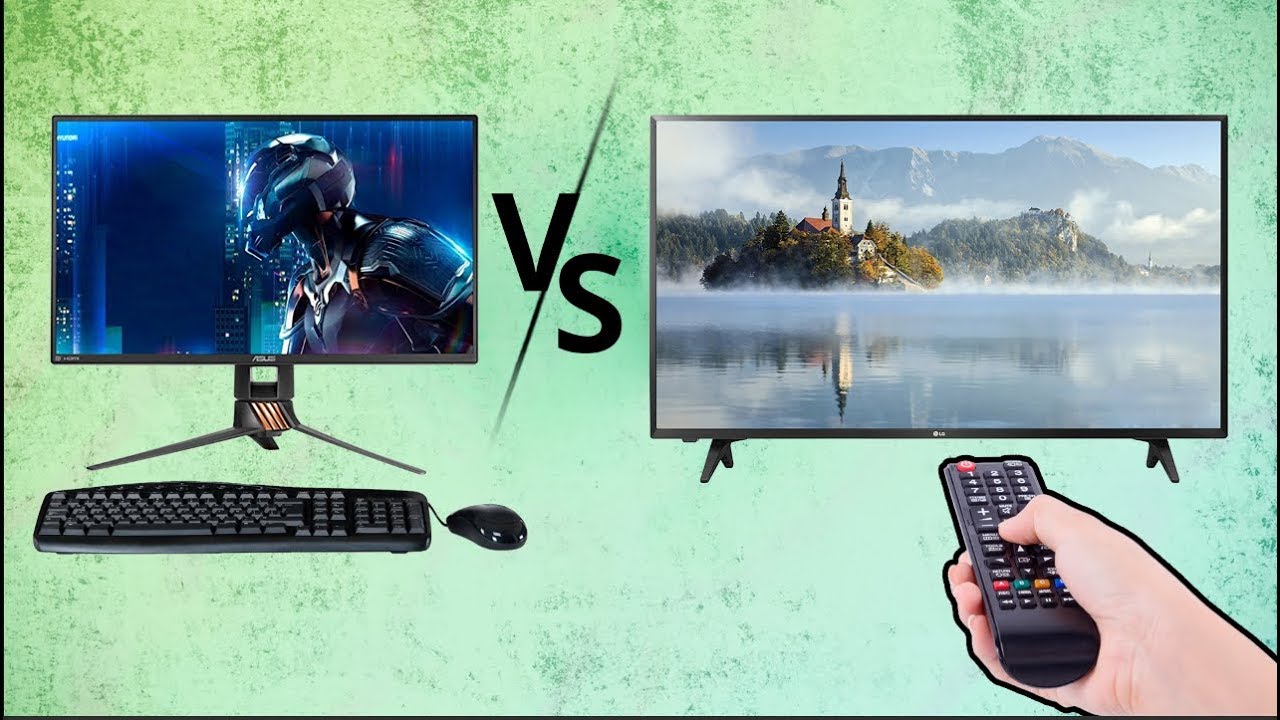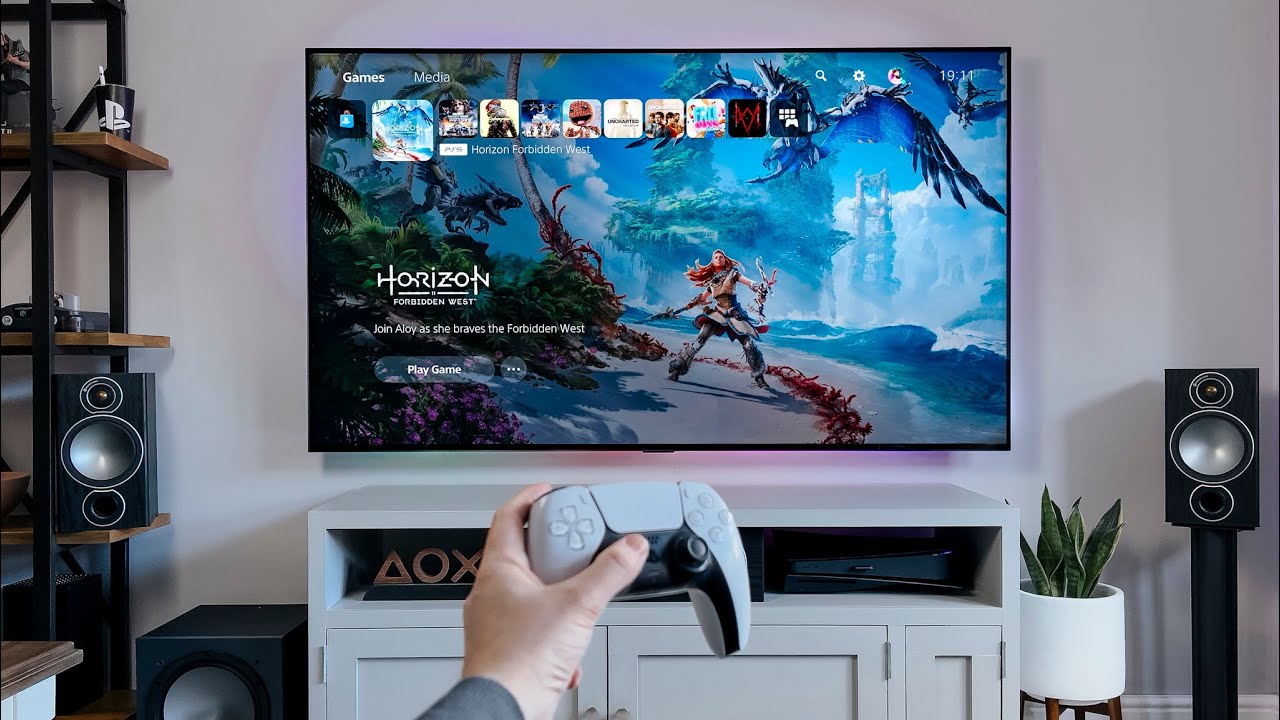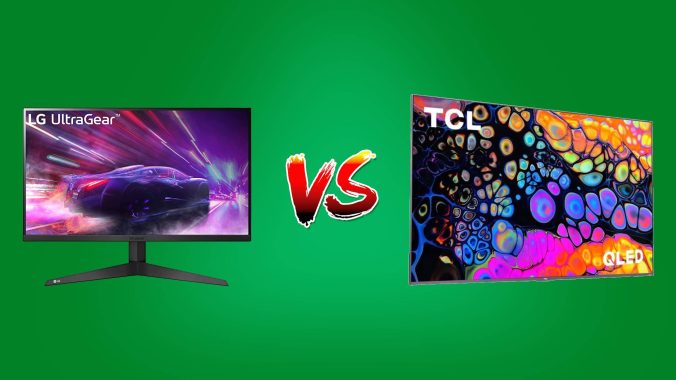In the ever-evolving world of digital technology, the choice between a monitor and a TV has become increasingly complex, with both devices offering a wide range of features and capabilities. Whether you’re setting up a home office, building a gaming rig, or simply seeking to enhance your entertainment experience, navigating the differences between monitors and TVs is crucial to make an informed decision that aligns with your specific needs and preferences.
In this comprehensive guide, we’ll delve into the key distinctions between monitors and TVs, exploring their respective strengths, feature sets, and the factors that should guide your selection. By the end of this article, you’ll be equipped with the knowledge to confidently evaluate the options and choose the display solution that will elevate your digital experiences, whether it’s for work, gaming, or entertainment.
So, let’s dive in and uncover the nuances that set monitors and TVs apart, empowering you to make the best choice for your unique requirements and create the optimal visual setup for your needs.
Understanding the Fundamental Differences
At the core of the monitor vs. TV debate lies a set of fundamental distinctions that define the unique characteristics and intended use cases of each display type.
Display Resolution and Aspect Ratio
One of the primary differences between monitors and TVs lies in their display resolution and aspect ratio.
Monitor Resolution and Aspect Ratio
Monitors typically feature higher resolutions, ranging from Full HD (1920 x 1080) to 4K (3840 x 2160) and beyond, with a focus on aspect ratios optimized for productivity and content creation.
TV Resolution and Aspect Ratio
TVs have traditionally catered to the entertainment industry, with resolutions that have evolved from standard definition to high-definition (1080p) and now 4K, often with a wider 16:9 aspect ratio.
Refresh Rate and Response Time
The performance characteristics of monitors and TVs, particularly in terms of refresh rate and response time, can have a significant impact on their suitability for various applications.
Monitor Refresh Rates and Response Times
Monitors excel in providing higher refresh rates (up to 240Hz or even 360Hz) and lower response times, making them the preferred choice for fast-paced gaming and professional applications.
TV Refresh Rates and Response Times
While TVs have improved in these areas, they still generally lag behind monitors in terms of refresh rate and response time, better suited for a more casual viewing experience.
Intended Use Cases
The fundamental differences between monitors and TVs are often rooted in their intended use cases and the specific needs they are designed to address.
Monitors for Productivity and Content Creation
Monitors are primarily focused on providing a high-quality, color-accurate, and ergonomic visual experience for tasks such as office work, graphic design, and programming.
TVs for Entertainment and Multimedia Consumption
TVs are engineered to excel in delivering an immersive and cinematic viewing experience for movies, TV shows, and gaming, with a focus on larger screen sizes and enhanced audio capabilities.
Evaluating the Pros and Cons
When it comes to choosing between a monitor and a TV, understanding the respective advantages and drawbacks of each display type is crucial to making an informed decision.
Advantages of Monitors
Monitors offer a range of benefits that make them well-suited for specific applications and user preferences.
Superior Image Quality and Accuracy
Monitors typically offer higher pixel densities, better color accuracy, and more precise calibration, making them the preferred choice for tasks that require precise visual representation.
Enhanced Ergonomics and Customization
Monitors often feature adjustable stands, swivel and tilt capabilities, and the ability to connect multiple displays, providing a more comfortable and customizable setup.
Advantages of TVs
TVs also possess their own set of advantages that cater to the needs of entertainment-focused users.
Larger Screen Sizes and Immersive Viewing
TVs excel in providing larger screen sizes, delivering a more immersive viewing experience for movies, TV shows, and gaming.
Integrated Audio and Smart Features
Many TVs come equipped with built-in speakers and smart platform integrations, offering a comprehensive entertainment solution.
Drawbacks of Monitors
While monitors possess numerous advantages, they also have some inherent limitations that should be considered.
Limited Screen Size Options
Monitors generally offer smaller screen sizes compared to TVs, which can be a drawback for certain applications or personal preferences.
Lack of Integrated Audio
Monitors often require the use of external speakers or headphones to achieve a satisfactory audio experience.
Drawbacks of TVs
Similarly, TVs also have their own set of limitations that may be less suitable for specific use cases.
Lower Pixel Density and Image Accuracy
TVs, while offering larger screen sizes, generally have lower pixel densities and color accuracy compared to high-end monitors.
Suitability for Productivity Tasks
The design and features of TVs may not be as well-suited for productivity-focused tasks, such as document editing or detailed content creation.
Factors to Consider When Choosing Between Monitors and TVs
When deciding between a monitor and a TV, several key factors should be evaluated to ensure the selected display aligns with your specific needs and usage scenarios.
Primary Usage Scenario
Assessing the primary purpose for which you’ll be using the display is a crucial first step in the decision-making process.
Productivity and Content Creation
If your primary use case involves tasks such as office work, programming, or graphic design, a monitor is generally the better choice.
Entertainment and Multimedia Consumption
If your focus is on immersive entertainment experiences, such as watching movies, gaming, or streaming TV shows, a TV may be the more suitable option.
Physical Space and Placement
The available physical space in your work or living environment, as well as the intended placement of the display, can significantly influence the choice between a monitor and a TV.
Desk-Centric vs. Room-Oriented
Monitors are typically better suited for desk-centric setups, while TVs are designed for room-oriented placements, such as living rooms or home theaters.
Viewing Distance and Seating Arrangement
The optimal viewing distance and seating arrangement can also guide the decision between a monitor and a TV.
Budget and Investment Considerations
The financial investment required for a monitor or TV can also be a crucial factor in the decision-making process.
Cost of High-End Features
Depending on your budget and the specific features you require, the cost of a high-end monitor or TV can vary significantly.
Longevity and Upgradeability
Consider the long-term longevity of your display choice and the potential for upgrading or replacing components in the future.
Conclusion: Aligning Your Display Choice with Your Needs
Navigating the intricacies of the monitor vs. TV debate is a crucial step in creating the optimal visual setup for your specific needs, whether it’s for work, gaming, or entertainment.
Through this comprehensive guide, you have gained a deeper understanding of the fundamental differences between monitors and TVs, their respective strengths and limitations, and the key factors to consider when making your choice.
By carefully evaluating your primary usage scenarios, physical space constraints, and budgetary considerations, you can now confidently select the display solution that will elevate your digital experiences and seamlessly integrate into your lifestyle.
Remember, there is no one-size-fits-all answer when it comes to the monitor vs. TV decision. The key is to approach this choice with a clear understanding of your priorities, a willingness to explore the nuances of each display type, and an openness to finding the solution that resonates most with your unique requirements.
Embrace the freedom to select the display that best aligns with your needs, whether it’s a high-performance monitor for productivity and content creation or a cinematic TV for immersive entertainment. By making an informed decision, you’ll be able to unlock the full potential of your visual experiences and create a setup that truly enhances your digital ecosystem.
Embark on this journey of display selection with confidence, knowing that the choice between a monitor and a TV is not a one-time decision, but rather an ongoing process of aligning your technology with your evolving needs and preferences. Unlock the power of the perfect display and let it transform the way you work, play, and engage with the digital world around you.

Leave a Reply